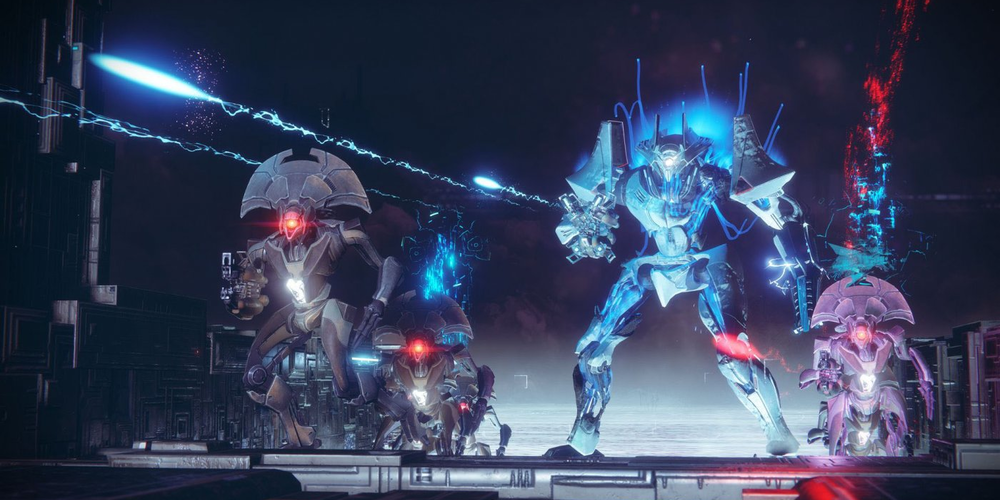The Tumultuous Journey of Online Multiplayer Games: A Destiny 2 Case Study
08 Feb 2024

The landscape of online multiplayer games is one of relentless evolution, where player engagement and satisfaction are paramount for a game's sustained success. Recent reports concerning Destiny 2, a flagship title in this genre, showcase the game experiencing a notable dip in player counts, marking a critical juncture not just for the game but for the industry at large. This situation provides a rich case study to explore the nuanced challenges and opportunities facing such games today.
Destiny 2's journey through peaks and troughs in player engagement is emblematic of the broader challenges online multiplayer games face. The game, which once set records with its Lightfall expansion, has seen a decline in its player base, reaching new lows in monthly active users. This decline is particularly poignant given the game's history of rebounding from similar situations, suggesting a deeper malaise affecting not just the mechanics of the game but potentially its community and the studio behind it, Bungie. This downturn coincides with internal struggles, including layoffs and leadership changes, further complicating the narrative.
The factors contributing to this decline are multifaceted, encompassing both internal and external pressures. Internally, Bungie's reported financial shortfall and the departure of key personnel, including the game's director, signal potential instability. Externally, the gaming community's waning enthusiasm, possibly exacerbated by a perceived lack of innovation or compelling content, suggests that simply maintaining a game's status quo is insufficient to retain or grow a player base in a highly competitive market.
However, within this narrative of decline lies a beacon of opportunity. The cyclical nature of Destiny 2's player engagement, with historical rebounds following expansions, suggests a resilient core community. This resilience, coupled with the impending release of The Final Shape expansion, provides a pivotal moment for Bungie to not only recapture the interest of lapsed players but also to innovate and attract a new audience. The challenge lies in ensuring that new content resonates with players and addresses the core issues that led to the decline, something that requires both introspection and a willingness to evolve.
In conclusion, the current state of Destiny 2 serves as a microcosm of the broader challenges facing online multiplayer games. While the decline in player engagement is concerning, it also highlights the critical need for ongoing innovation, community engagement, and responsive leadership within game development studios. The path forward for Destiny 2, and indeed for any game in this genre, lies in embracing change, listening to the community, and boldly innovating to redefine what success looks like in the ever-evolving landscape of online multiplayer gaming.







